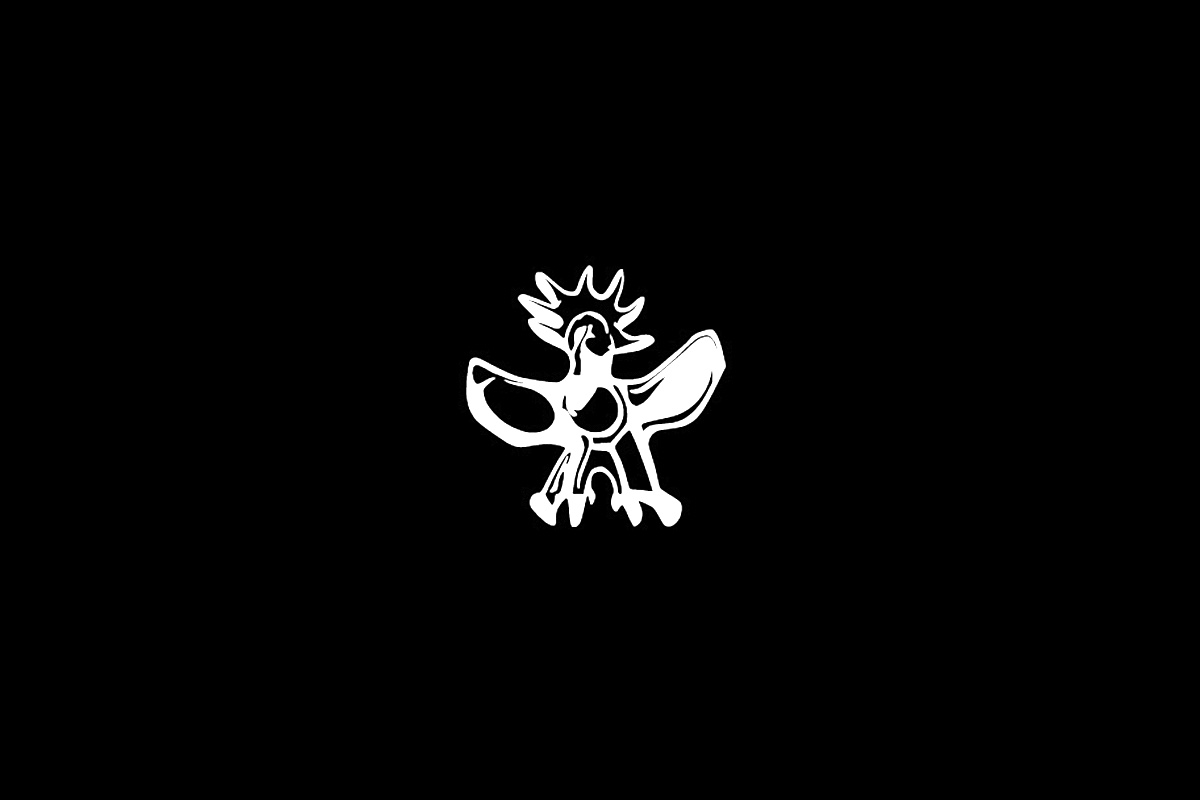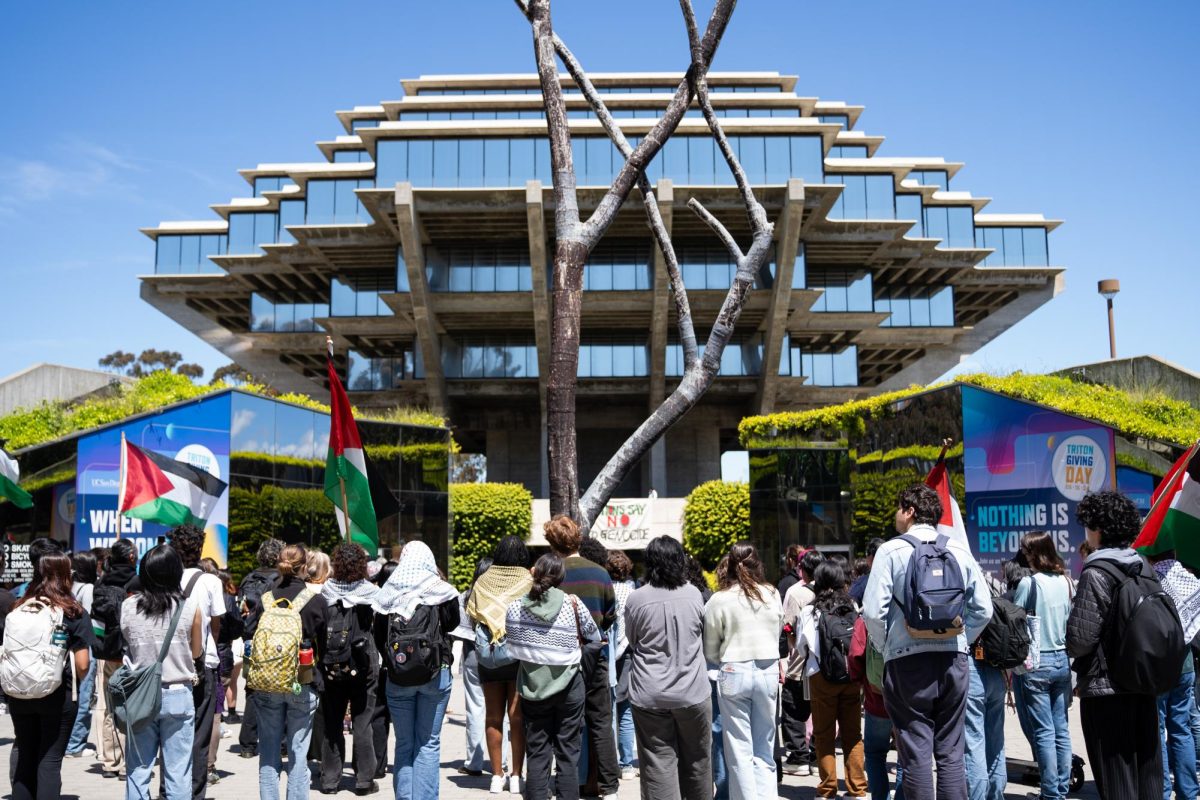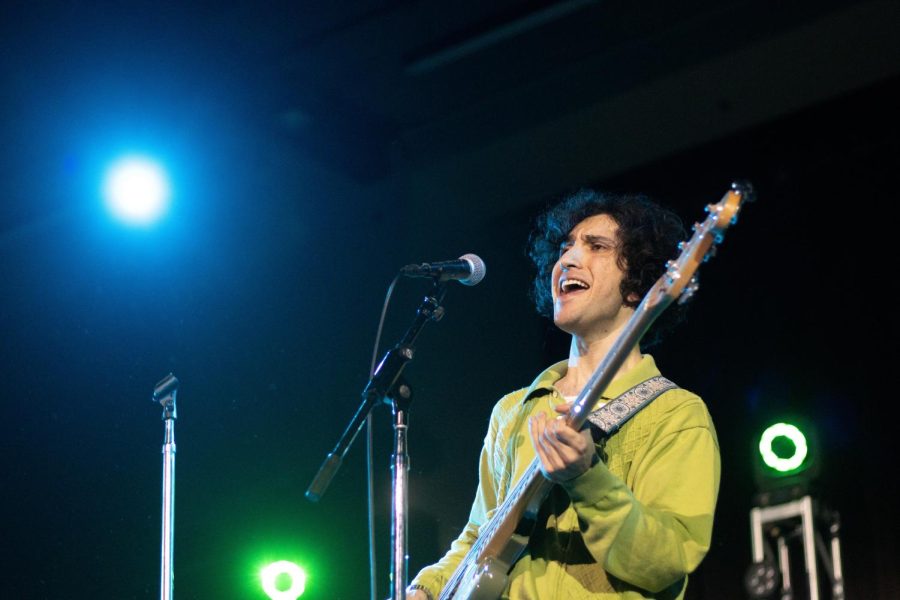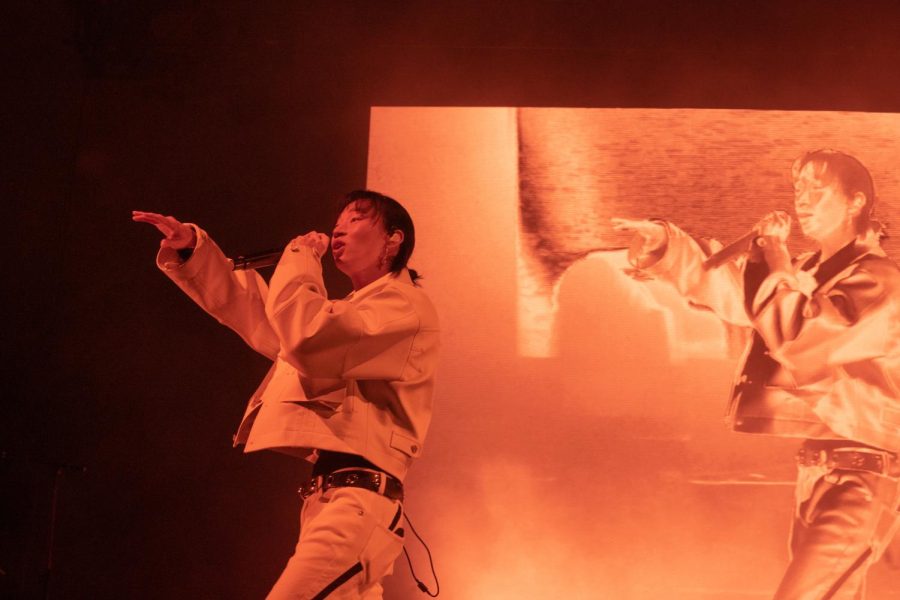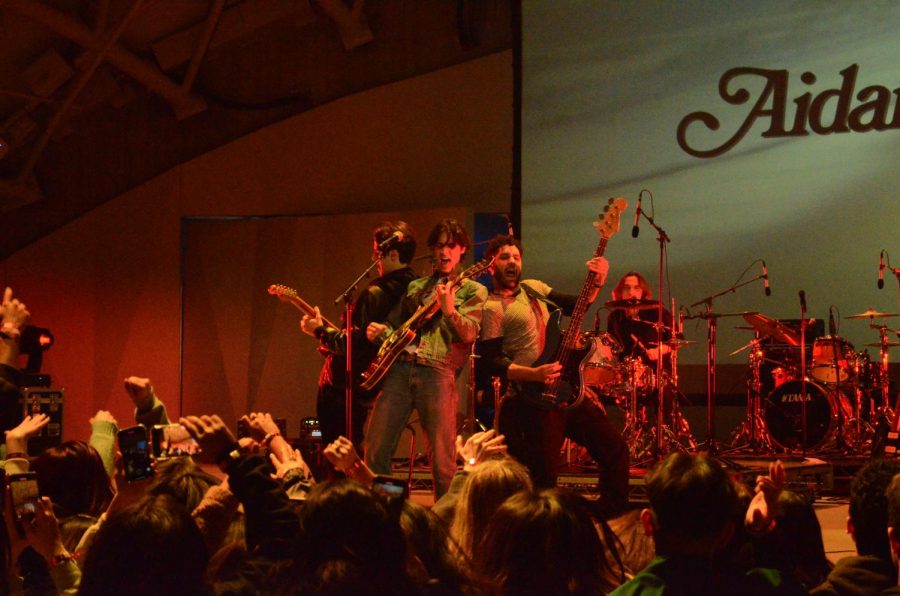Presidents John F. Kennedy and Dwight D. Eisenhower were celebrated for their military capabilities, perhaps more so than any other American presidents in the 20th century. Commander-in-chief during the Cuban missile crisis and the leader of the European theater in World War II turned leader of the Western front during the Cold War, respectively, Kennedy and Eisenhower represent military might and foreign relations.
But despite the fact that military supremacy is a huge part of their legacies, there is not a single picture in the archives of history showing Kennedy or Eisenhower in military dress. And there’s a reason for that — at the time, it was somewhat paramount that the American people would not perceive the presidency as being overly military. The U.S. government is a civilian one — the responsibilities of being commander-in-chief of the military is not the primary function. Enter George W. Bush and his PR stunt of plastering himself onto every available magazine cover in flight gear galore, more than eager to be the poster boy for military might.
In case you somehow managed to miss the photo op that was all over the news, President Bush went all out and attempted a carrier deck landing, complete with flight suit and cameras galore. The former Texas Air National Guard pilot was obviously aiming to cement his image as a tough guy on terror. The idea to substitute a four-seat Viking for the usual helicopter was allegedly Dick Cheney’s.
And even though there is something funny about a guy whose military experience consists of flying over the southern United States, there is also something disturbing in having a president who is all too willing to turn his back on an important national ideal in order to confirm his own would-be cowboy image.
Just as the United States claims not to be an empire (never mind that this isn’t an uncommon stance for a number of countries around the world), the American people do not look at their president as a military leader out to conquer the planet, but rather as a domestic leader with international and military responsibilities.
There is of course an obligation on the part of the dominant state within a hegemonic structure to police and regulate standards of freedom and democracy among other states. Whether or not the situation in Iraq could be classified as such an obligation is arguable. Whether or not the presidency should be viewed as a military position is not.
Perhaps, this was a single stunt that was made as an early campaign attempt, and it shouldn’t merit much grumbling among those in the Democratic camp. And perhaps, this was an indication of how Bush really sees himself, and how the American people should see their leader.
There have been arguments that this image of a swaggering macho man is what the American people elected, that they wanted a John Wayne attitude in the White House. But perhaps those who would contest that Bush is simply fulfilling the role that he promised should consider whether or not that role is really one that should be embraced.
There’s little doubt that the incumbent has no intention of leaving office in 2004. And there’s a similarly small chance that most people see any problem in the president taking advantage of his position as commander-in-chief of the military by parading as a fighter pilot with the photo op in mind.
But miniscule or not, there is still a problem with publicity that is equitable to ego inflation. And there is an even larger problem with getting used to a blend of the military as well as the civic within the persona of the president of the United States.


